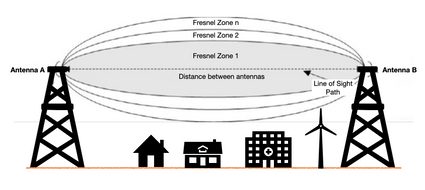Wind Turbine Calculator
This wind turbine calculator is a comprehensive tool for determining the power output, revenue, and torque of either a horizontal-axis (HAWT) or vertical-axis turbine (VAWT). You only need to input a few basic parameters to check the efficiency of your turbine and how much it can earn you.
You can use our tool as either a HAWT or a VAWT calculator - to change the turbine type, simply choose your desired turbine from the drop-down list at the top of the calculator.
If you're interested in renewable energy in general, our hydroelectric power calculator and solar panel calculator may be useful for you.
What's the difference between HAWT and VAWT?

In horizontal-axis wind turbines, or HAWT for short, the blades rotate around a horizontal axis. These are the most common onshore wind turbines, commonly placed on hills and in other areas that receive a lot of wind, but are also widely used offshore. Vertical-axis wind turbines (VAWT), on the other hand, rotate around a vertical axis.
The efficiency of horizontal-axis turbines (ratio of wind power to output power) is typically higher, but they do have some drawbacks. Since the blades are subject to the force of inertia, which changes in direction, they receive an alternating load which is often detrimental to the blades' integrity. Additionally, the generator is placed far above the ground what makes repairs and maintenance costly.
How to calculate the power generated by a wind turbine?
To calculate wind turbine power, you need to estimate two values: the available wind power and the efficiency of the wind turbine. Multiplying these two values produces an estimate of the output power of the wind turbine. Below you can find the whole procedure:
- Sweep area of the turbine
Before finding the wind power, you need to determine the swept area of the turbine according to the following equations:
For HAWT:
For VAWT:
where:
-
is the blade length - the radius of the horizontal-axis turbine;
-
is the diameter; and
-
is the turbine height.
- Calculate the available wind power
Once you know the sweep area, you can find the available wind power according to this formula:
where:
- is the sweep area;
- is the air density, assumed to be 1.225 kg/m³ by default (you can change it in advanced mode);
- is the wind speed - the typical usable range is approximately 3-25 m/s; and
- is the available wind power.
- Finding the efficiency of the turbine
You can find the total efficiency of the turbine as follows:
where:
- is the turbine efficiency. It must be lower than the Betz limit (59.3%), and is typically between 30-40%;
- are the wake losses due to neighboring turbines and the terrain topography, typically 3-10%;
- are the mechanical losses of the blades and gearbox, typically 0-0.3%;
- are the electrical losses of the turbine, typically 1-1.5%;
- are the electrical losses of transmission to grid, typically 3-10%;
- is the percentage of time out of order due to failure or maintenance, typically 2-3%; and
- is the real efficiency.
Efficiency is usually expressed as a percentage, but you input it into the formula as a fraction (for example, 30% = 0.3).
- Calculating the output power
To find the wind turbine power, simply multiply the efficiency by the wind power available:
Revenue from the wind turbine power
Let's assume you also want to know the revenue you can expect from your wind turbine. It depends mostly on the electricity tariff - that is, how much you will earn per one kWh generated by the turbine. Once you know that value, the calculation is straightforward:
What's the torque in an HAWT or a VAWT turbine?
The torque (or the force causing the rotation of the blades) is calculated from the Tip Speed Ratio (TSR) of the turbine. You can find it using the following formula:
where:
- are the revolutions per minute
- is the torque
To calculate the number of revolutions per minute, use these equations:
For HAWT:
For VAWT:
Related designing topics
Real-life applications
In wireless communication, we have a 3D elliptical region (an ellipsoid volume) between the transmitter antenna and the receiver antenna. This region is determined by the distance between the antennas and the frequency of the wireless wave. It is called Fresnel zone and looks like this:

The main ellipsoid volume called Fresnel zone has to be kept free in order to secure proper wireless communication. Consequently, the height of the wind turbine that is going to be installed has to be revised as such.
Want to learn about Fresnel zone? Then check the fresnel zone calculator.